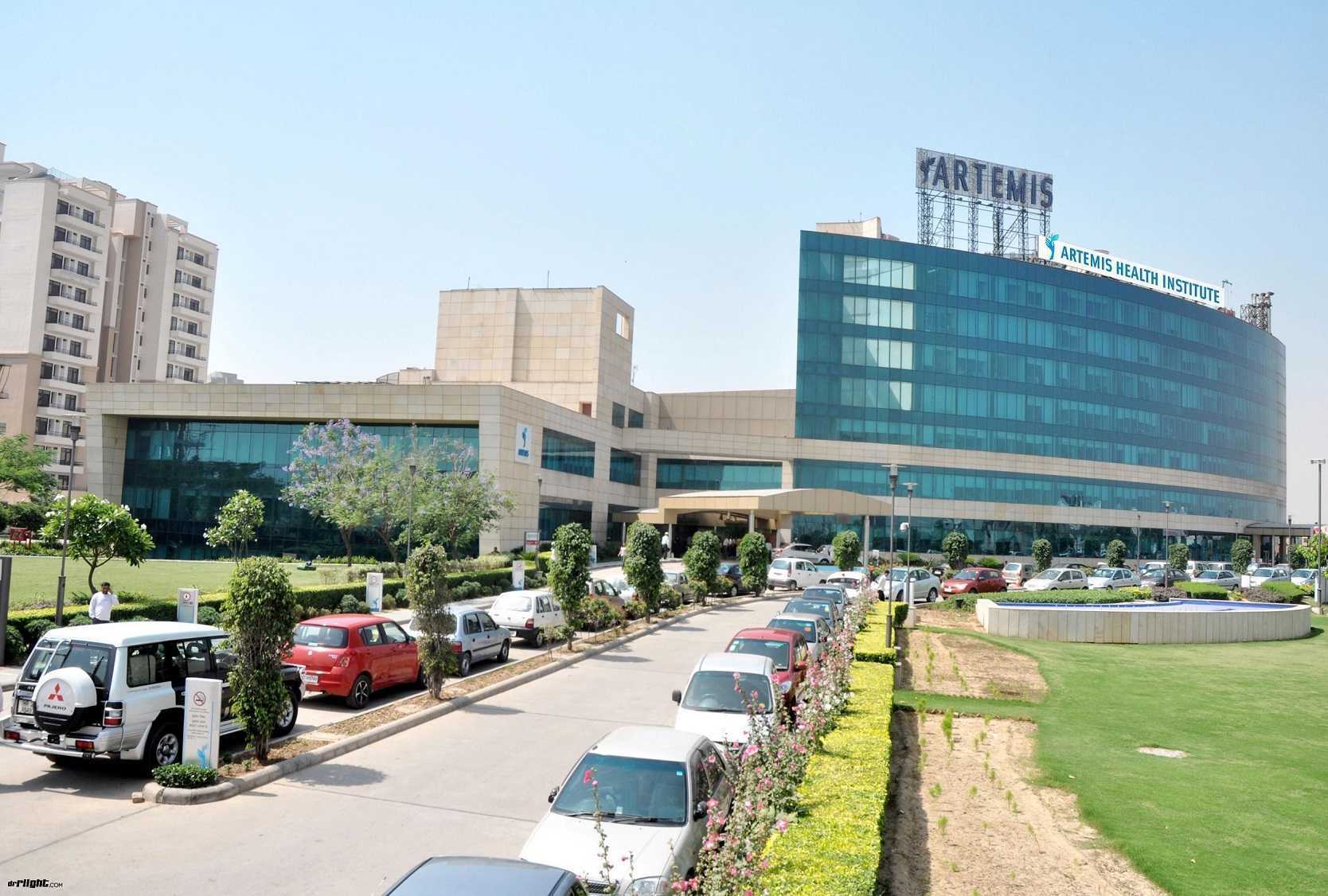Few advances in cancer fighting have generated more interest – or more questions – among people and the public than CAR-T therapeutic methods. Short for this: it’s not just a new treatment – it’s an entirely new way that we can use to fight some of the most difficult cancers to treat. Surgical to chemical treatments have historically targeted the elimination or poisoning of cancerogenic elements. It inverts that model by converting patients’ own immune cells into cancer hunters. It is a type of immunotherapy that is as high tech as it is intimate – and, sometimes and often, more than hope.
Science Behind the Cells
To explain this therapeutic option, it’s useful to imagine our IS (immune system) as a super-sophisticated police force. Among stronger fighters in that unit are T-cells. In the normal state they are able to sense and attack infected or aberrant cells. But cancer is sneaky. It’s tremendous at camouflaging, doing what it can to thwart immune surveillance. That’s where gene engineering comes in. In such treatments, patients’ T-cells are removed from patients’ body and modified in laboratory conditions to have synthesised receptors – chimeric antigen receptors – enabling them to recognise and fighy cancer cells with “surgical” precision. These receptors collaborate with monoclonal antibodies cancer fighters or other molecular targeting tools to find certain surface proteins on tumor cells different from those on healthy cells.
What Happens After Infusion?
- When infused back into the blood, altered T-cells begin to hunt down their prey. What often happens next is a dramatic immune response – the body’s effort to clear itself of cancer.
- But the IS power brings the risk. Some patients induce the so-called CRS, for cytokine release syndrome, in which an over-the-top immune response floods the body with cytokines – signaling proteins that help mobilize other immune cells.
When this imbalance goes too far, the fever can become deadly; it might cause low blood pressure or even organ failure. Though serious, events can often be managed through hospital care and drugs that block certain inflammatory signals.
Antibodies, Cytokines, and the Rest of the Story
This therapeutic option doesn’t operate in a vacuum. It belongs to a larger class of immuno-therapies that involve cancer treatments with anti-bodies – checkpoint inhibitors and immune-boosting meds. Researchers are continuing to investigate ways to blend these approaches, seeking smarter, more lasting responses – particularly in cancers that resisted such treatment in the past. Shenzhen Genoimmune Medical Institute (GIMI) is one of the front runners in the field. Having treated 1000+ patients with CAR-T and monoclonal antibodies, GIMI is best known for its fourth-generation T-cell designs, which are now being tested not just in blood cancers, but also in solid tumors. Their researchers combine clinical perspective with high-level cell engineering, making it possible for people to be treated with the most advanced protocols available in Asia and the rest of the world.
What is an immuno-therapy treatment?
Immuno-therapy is a cancer treatment using the body’s IS to fight ailment. It might mean revving up the immune system to work harder or designing parts of it – like T-cells – to more effectively identify and assault cancer.
Who needs immunotherapy?
Good candidates may include patients whose cancers don’t respond well to ordinary therapies, or who relapsed following conventional therapies. Use of immuno-therapy is widespread in melanoma, some blood cancers and lung cancer, among others.
What is CAR-T and how does it work?
It’s a treatment in which a patient’s T-cells are harvested, genetically engineered to identify patients’ cancer cells, and then reinfused to kill them. Engineered receptors enable the T-cells to glom on to certain antigens found on cancer cells.
How do T cells work?
T-cells roam through the body scanning for aberrant or infected cells. Then, if they recognize a threat, they either unload toxic granules or call in other immune cells to the fight. Their natural function is simply enhanced and refocused to fight cancerogenic elements.
Do you lose your hair with immunotherapy?
Hair loss is less common in immuno-therapy compared with chemo-therapy. Although a few patients have thinning hair or patchy loss, most don’t lose their hair during treatment. Side effects differ, depending on which type of immuno-therapy is administered.











